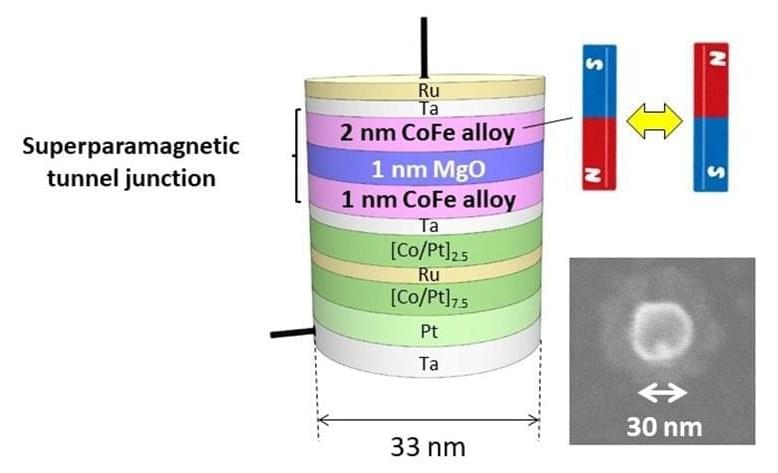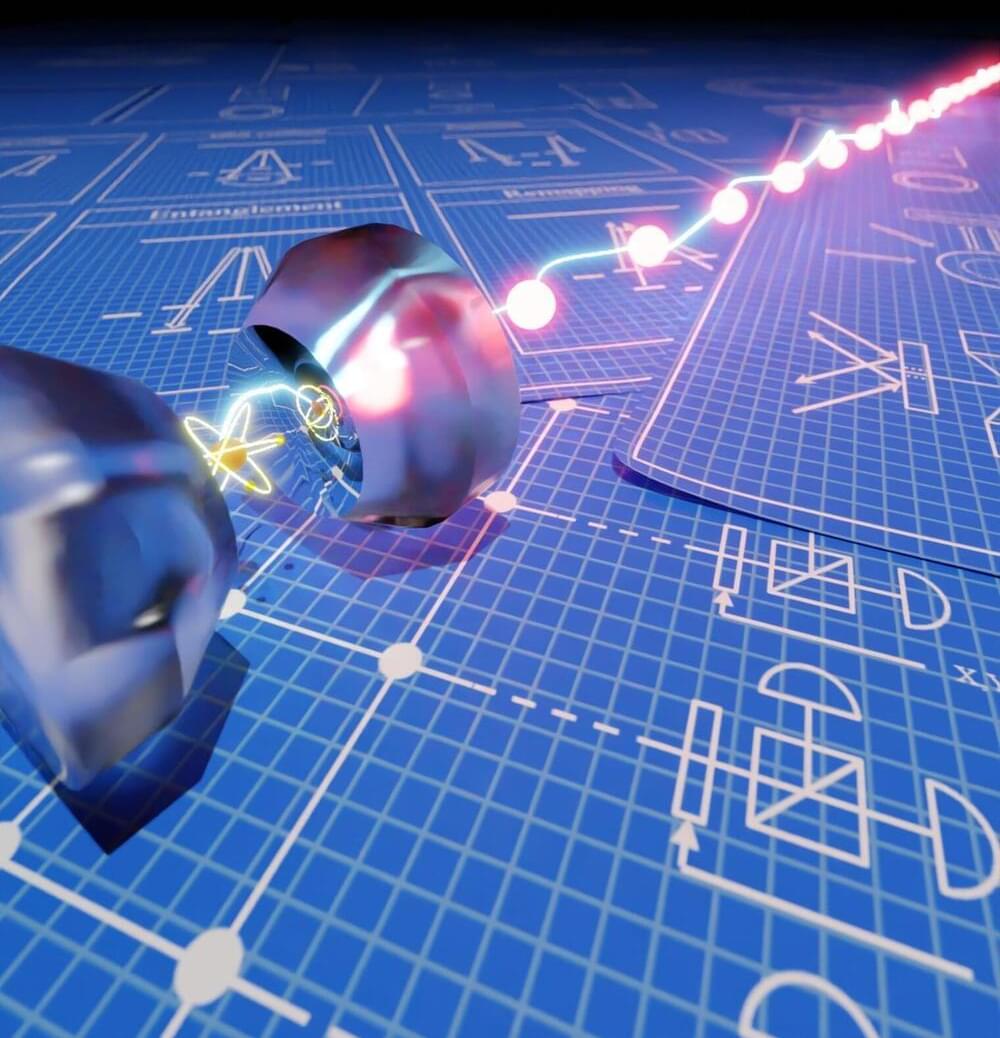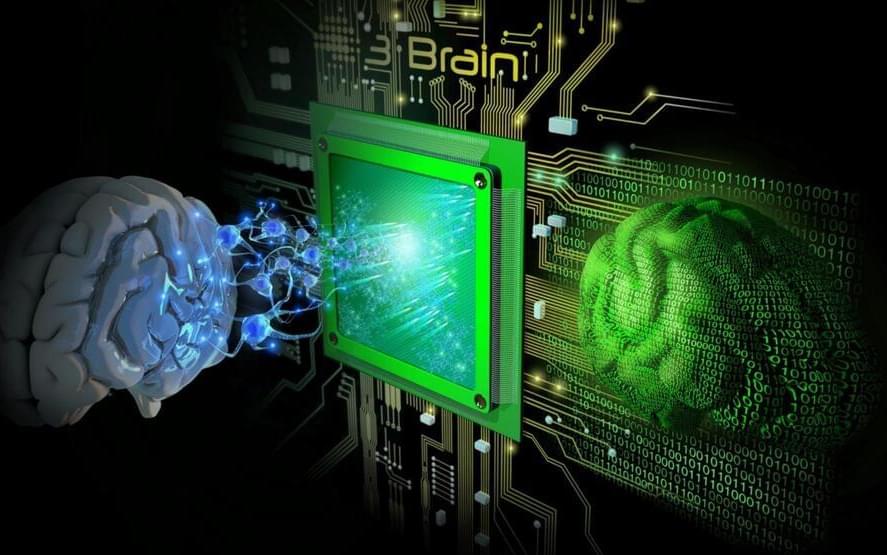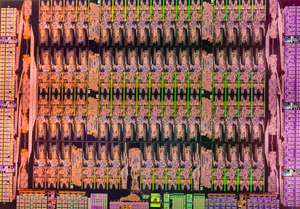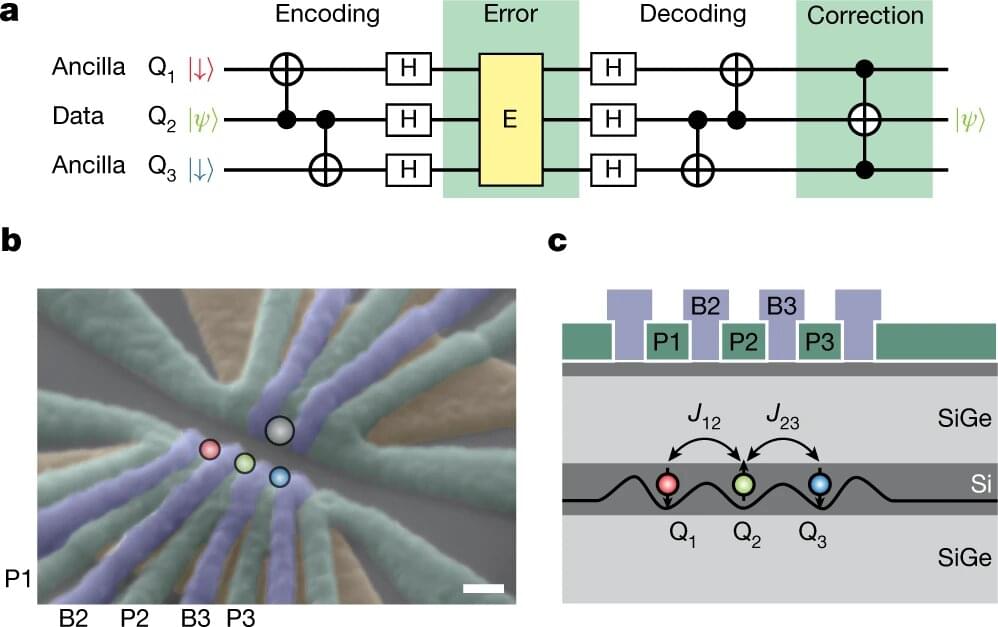Tohoku University scientists in Japan have developed a mathematical description of what happens within tiny magnets as they fluctuate between states when an electric current and magnetic field are applied. Their findings, published in the journal Nature Communications, could act as the foundation for engineering more advanced computers that can quantify uncertainty while interpreting complex data.
Classical computers have gotten us this far, but there are some problems that they cannot address efficiently. Scientists have been working on addressing this by engineering computers that can utilize the laws of quantum physics to recognize patterns in complex problems. But these so-called quantum computers are still in their early stages of development and are extremely sensitive to their surroundings, requiring extremely low temperatures to function.
Now, scientists are looking at something different: a concept called probabilistic computing. This type of computer, which could function at room temperature, would be able to infer potential answers from complex input. A simplistic example of this type of problem would be to infer information about a person by looking at their purchasing behavior. Instead of the computer providing a single, discrete result, it picks out patterns and delivers a good guess of what the result might be.
